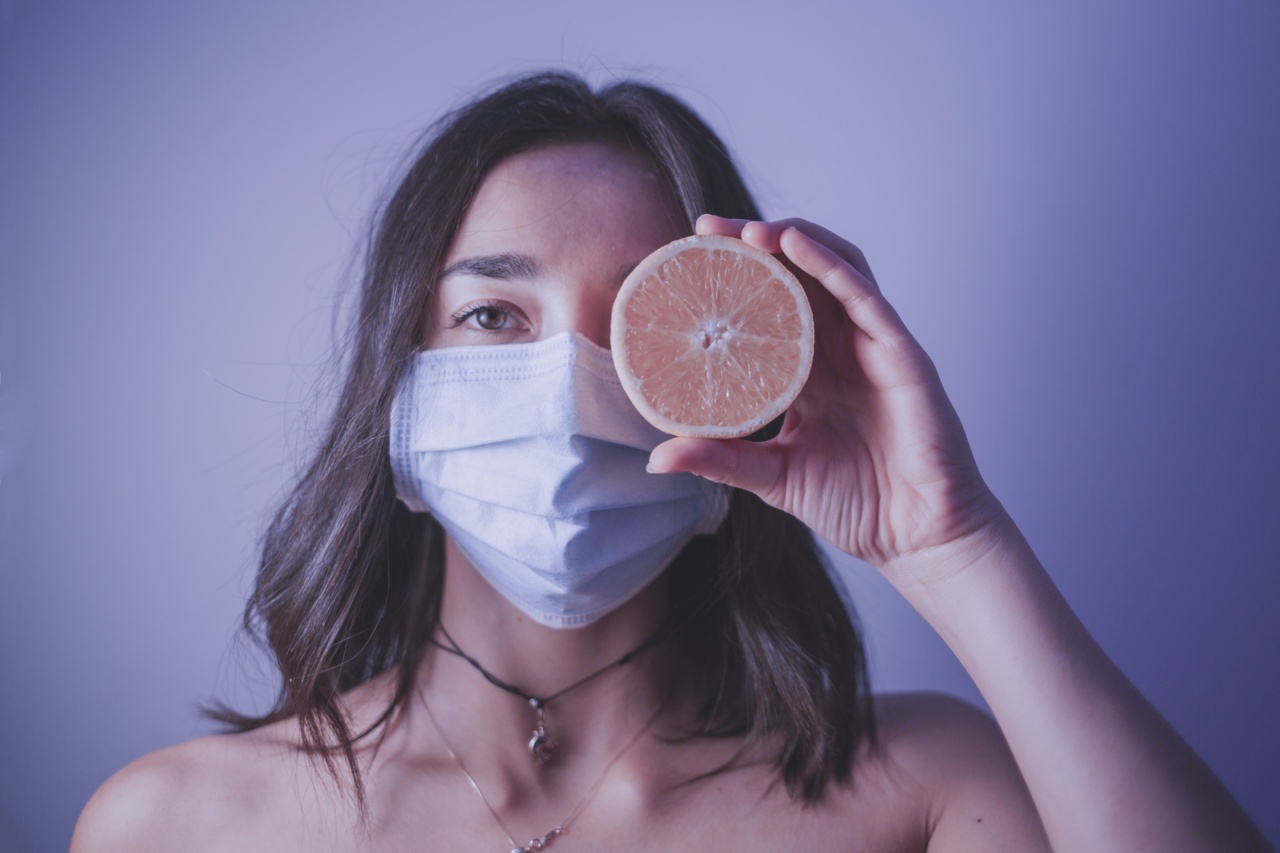When considering ways to prevent the development of melanoma, a serious form of skin cancer, many people immediately think of taking measures to avoid sunburns or minimize exposure to UV rays.
While these precautions are certainly important, there’s another natural ingredient that may play a key role in protecting against melanoma: vitamin D.
What Is Melanoma?
Before examining the ways in which vitamin D can help prevent melanoma, it’s helpful to understand what this type of cancer is and what causes it. Melanoma is a type of skin cancer that arises in the pigment-producing cells known as melanocytes.
While melanoma can develop anywhere on the body, it’s most commonly found on areas that are frequently exposed to UV radiation, such as the face, neck, arms, and legs. The vast majority of melanoma cases are caused by exposure to UV radiation, either from the sun or from tanning beds. In some cases, melanoma can be genetic, but most cases are preventable through lifestyle choices and protective measures.
Vitamin D and Melanoma Prevention
So how does vitamin D factor into the equation? The answer lies in the fact that vitamin D is produced in the body when skin is exposed to sunlight (specifically the UVB radiation in sunlight).
In addition to promoting healthy bone growth and regulating the immune system, vitamin D has been shown to have anti-cancer properties. One recent study found that people with higher levels of vitamin D in their blood were less likely to develop melanoma than those with lower levels.
Another study found that melanoma patients with higher levels of vitamin D had better outcomes and lower recurrence rates than those with lower levels.
How to Get Enough Vitamin D
While it’s clear that vitamin D is important for melanoma prevention, many people are deficient in this essential nutrient.
This is partly due to the fact that most people don’t spend enough time in the sun (or have limited sun exposure due to work or other factors), which is the body’s primary source of vitamin D. The recommended daily intake of vitamin D varies depending on age and other factors, but most experts recommend getting at least 600-800 IU per day.
Some foods, such as fatty fish and fortified foods like milk, orange juice, and cereal, also contain vitamin D, but it can be difficult to get enough through diet alone.
Supplements and Vitamin D Deficiency
If you’re concerned that you’re not getting enough vitamin D from sunlight or diet alone, you may want to consider taking a vitamin D supplement.
These are available over-the-counter in a variety of forms, including capsules, tablets, and drops. However, it’s important to talk to a healthcare provider before starting a vitamin D supplement, as it can interact with some medications and there is a risk of toxicity at very high doses.
Additionally, getting too much vitamin D from supplements can lead to kidney stones and other health problems, so it’s important to stay within the recommended daily intake.
Other Ways to Prevent Melanoma
Vitamin D is just one piece of the puzzle when it comes to preventing melanoma. Other important measures include:.
- Wearing protective clothing and hats when outdoors
- Using sunscreen with an SPF of at least 30
- Avoiding tanning beds and other sources of artificial UV radiation
- Performing regular self-exams to check for moles or other changes in the skin
- Seeing a dermatologist if you notice any suspicious changes in your skin
Conclusion
Vitamin D is an important nutrient that can play a role in melanoma prevention. While getting enough vitamin D from sunlight and diet can be difficult, supplements can be a safe and effective way to ensure that you’re meeting your daily needs.
However, it’s important to talk to a healthcare provider before starting a supplement and to also take other preventive measures like using sunscreen and wearing protective clothing when spending time outdoors.































